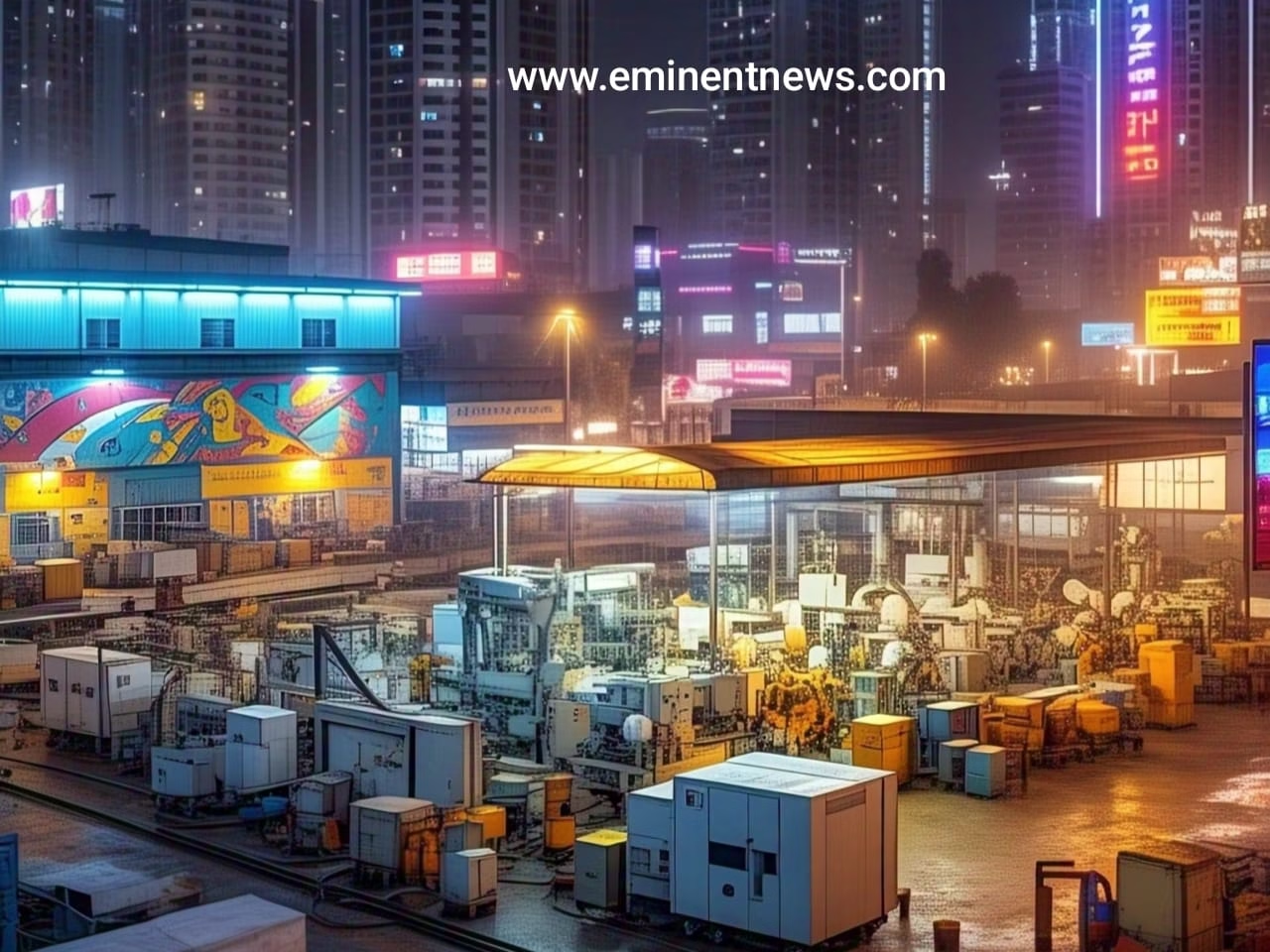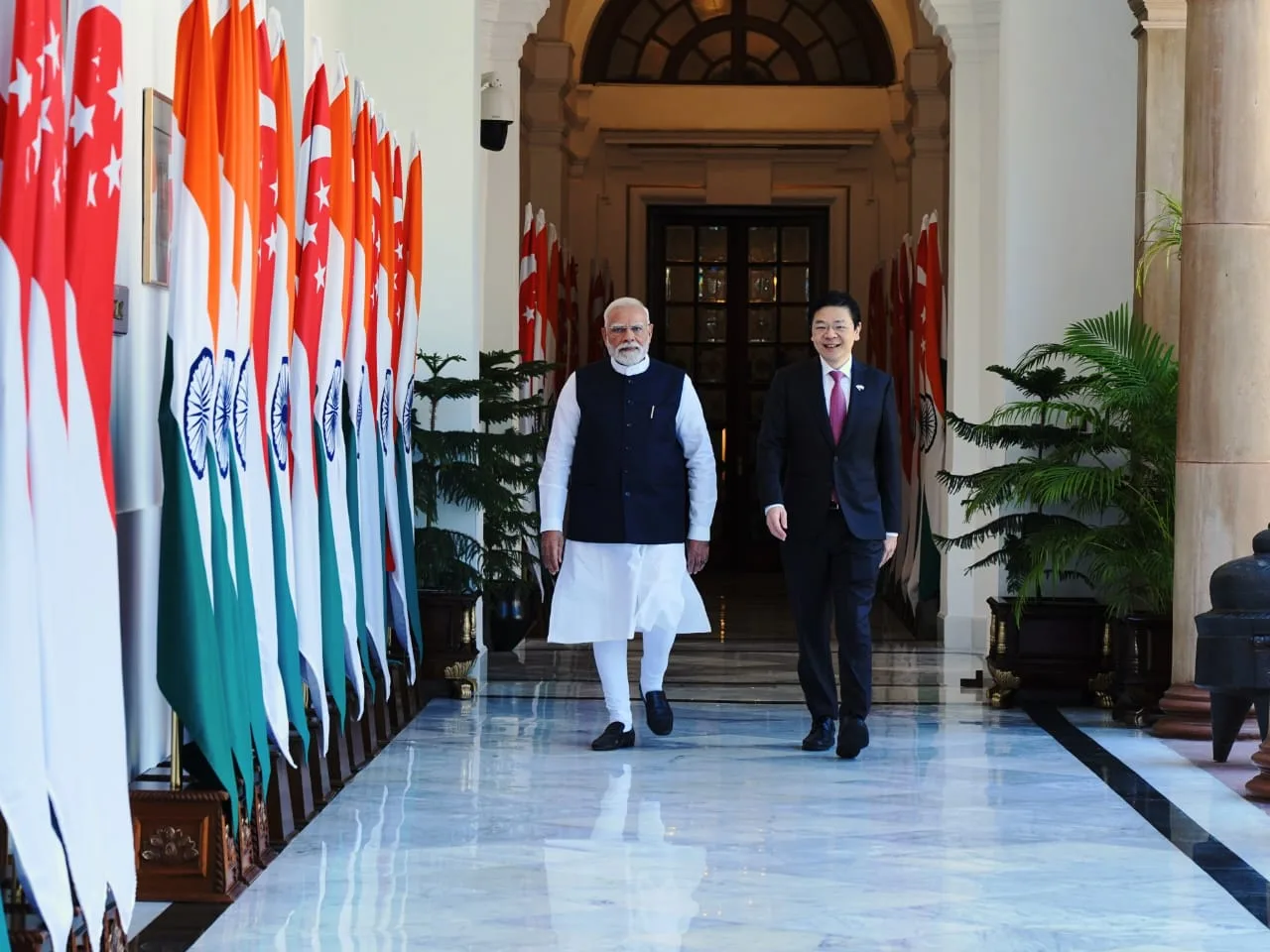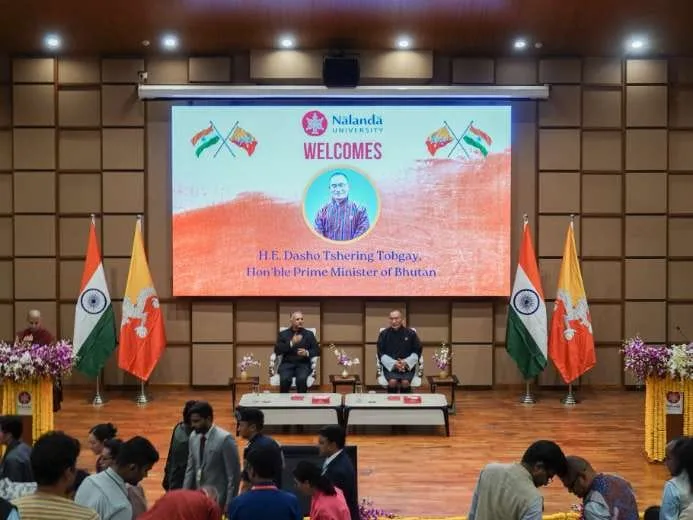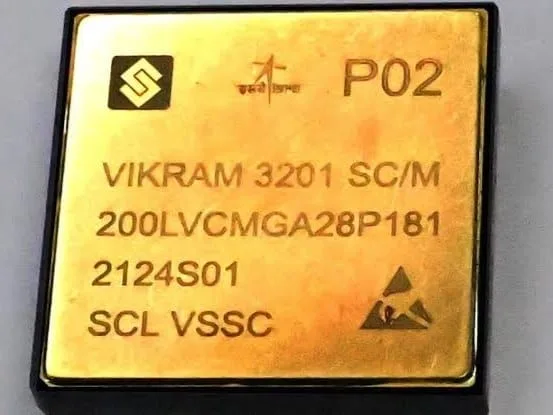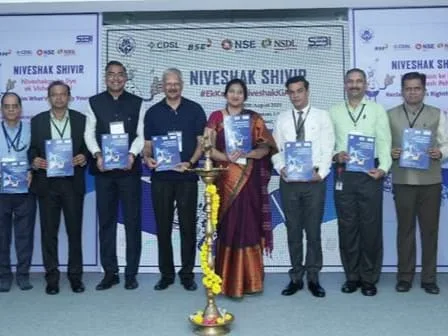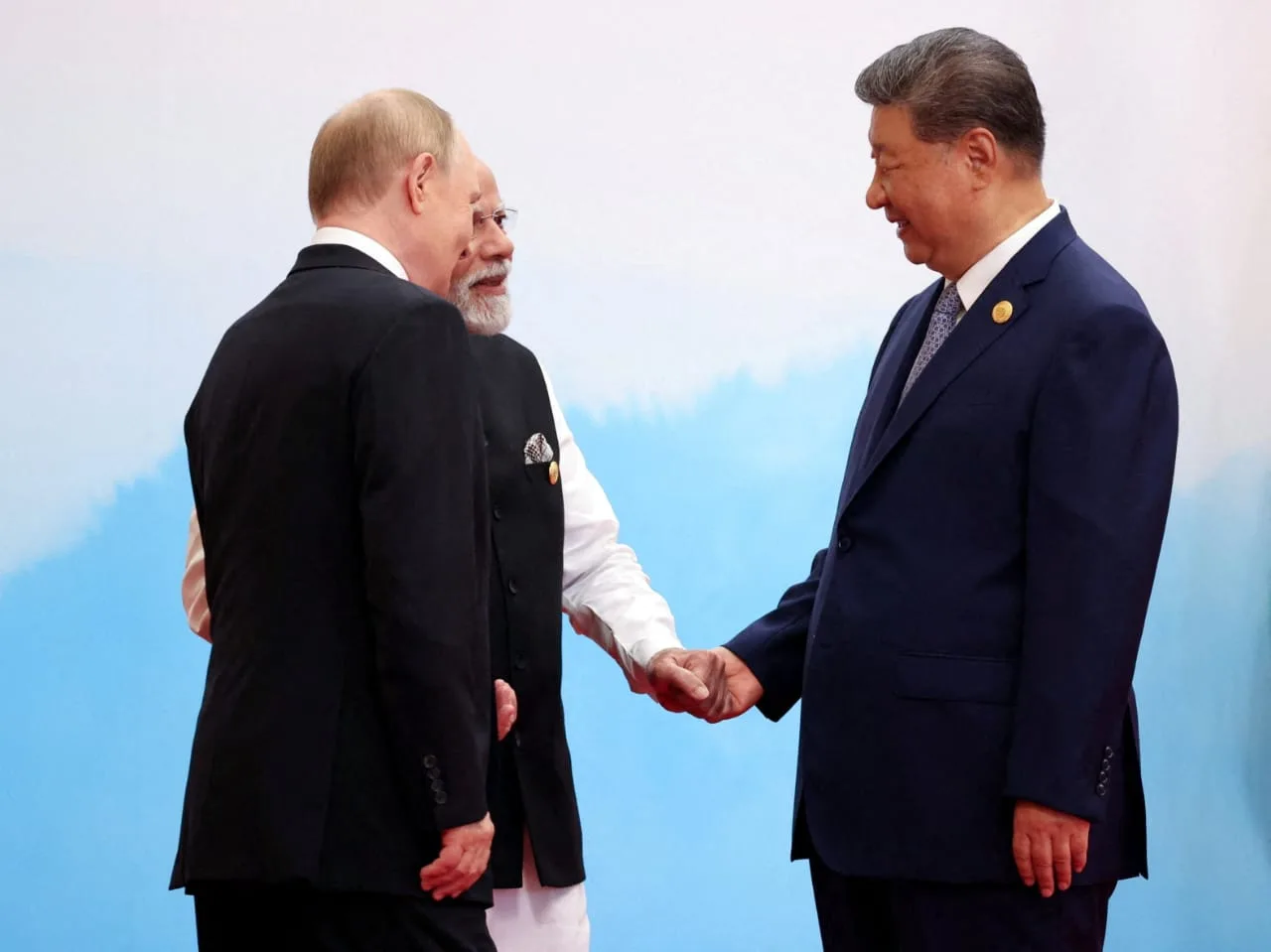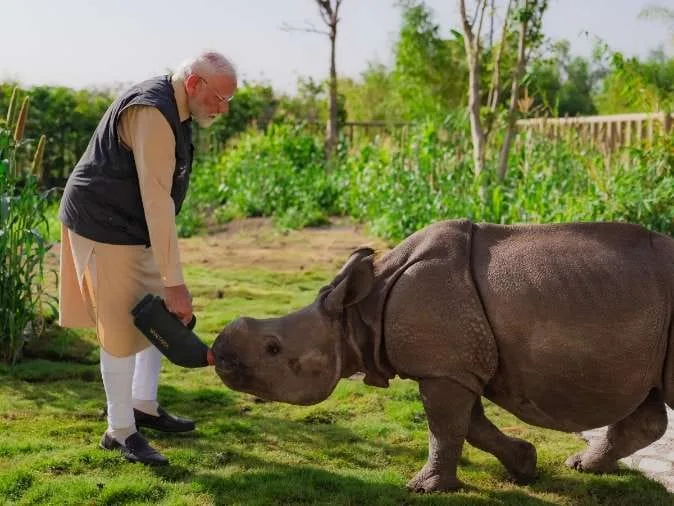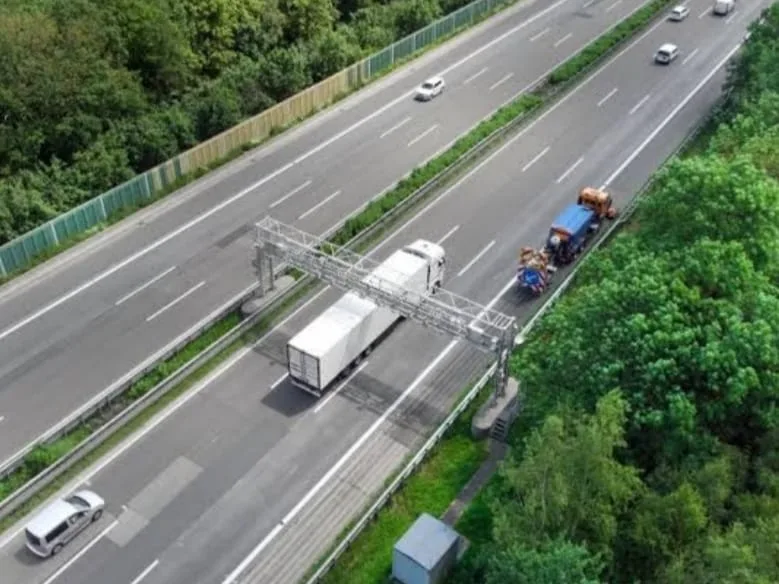India’s Production-Linked Incentive (PLI) Scheme is a key initiative to boost domestic manufacturing, attract large-scale investments, and enhance the country’s export capabilities . It aims to make domestic manufacturing globally competitive and create domestic champions .
Here’s a detailed overview:
Objectives:
- Boost Manufacturing: The primary goal is to enhance domestic production by offering financial incentives to companies that increase their manufacturing output .
- Attract Investment: The scheme encourages both foreign and domestic companies to invest in expanding or establishing manufacturing facilities in India .
- Increase Exports: By making domestic manufacturing more competitive, the PLI scheme aims to boost exports and integrate India into global supply chains .
- Reduce Import Dependence: The scheme aims to reduce reliance on imports by promoting local production of goods, especially in strategic sectors .
- Create Employment: Increased manufacturing activity is expected to generate significant employment opportunities and develop a skilled workforce .
Key Features:
- Incentives: Eligible companies receive cash incentives based on incremental sales over a base year (typically 2019-20) for a period of 4-6 years . The incentives usually range from 4% to 6% .
- Target Sectors: The scheme initially focused on mobile and allied component manufacturing, electrical component manufacturing, and medical devices . It has since been expanded to cover 14 key sectors, including:
- Automobile and auto components
- Electronics and IT hardware
- Telecom
- Pharmaceuticals
- Solar modules
- Metals and mining
- Textiles and apparel
- White goods
- Drones
- Advanced chemistry cell (ACC) batteries
- Food Processing
- Specialty Steel
- Eligibility Criteria: Companies registered in India that manufacture goods covered under the target sectors are eligible . They must meet certain thresholds for incremental investment and may also need to satisfy criteria related to revenue, net worth, and domestic value addition .
- Large-Scale Manufacturing: The scheme encourages the creation of large-scale manufacturing capacities by linking incentives to production capacity and incremental turnover .
- Scheme Duration: The PLI scheme commenced in 2020-21 and is intended to be effective for five years, until 2025-26 .
Impact and Progress:
- Investment and Production: The PLI scheme has attracted significant investment, with actual investments of nearly Rs. 1.46 lakh crore until August 2024 . It has also led to production/sales of Rs. 12.5 lakh crore of eligible products .
- Job Creation: The scheme has contributed to employment generation, with over 9.5 lakh individuals employed .
- Exports: PLI scheme has witnessed exports surpassing Rs. 4 lakh crores, with significant contributions from sectors such as Large-Scale Electronics Manufacturing, Pharmaceuticals, Food Processing, and Telecom & Networking products .
- MSME Benefits: A significant number of MSMEs (176) are among the beneficiaries of the PLI scheme, particularly in sectors like Bulk Drugs, Medical Devices, Pharma, Telecom, White Goods, Food Processing, Textiles & Drones .
- Geographical Spread: Over 1300 manufacturing units have been established across 14 sectors and 27 States/UTs under PLI Scheme .
Challenges and Way Forward:
- Low Value Addition: One challenge is the relatively low domestic value addition in some sectors, even in successful areas like mobile manufacturing . Critical components are still often imported .
- Competition: Indian manufacturers face cost competitiveness challenges compared to countries like China and Vietnam .
- PLI 2.0: The government is considering modifications for PLI 2.0 to address these challenges, potentially linking incentives to domestic value addition and export performance .
- Component Ecosystem: Strengthening the local component manufacturing ecosystem is crucial for long-term success . This may involve encouraging joint ventures and technology transfer .
In summary, India’s PLI scheme is a comprehensive effort to transform the country into a global manufacturing hub . While it has shown promising results, ongoing refinements and a focus on building a robust domestic supply chain are essential for achieving its full potential .
For world news click www.eminentnews.com

